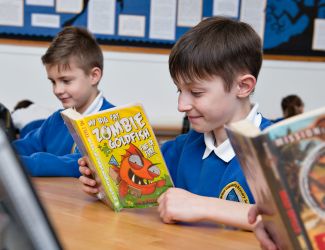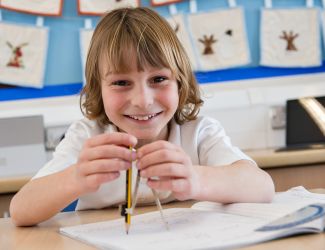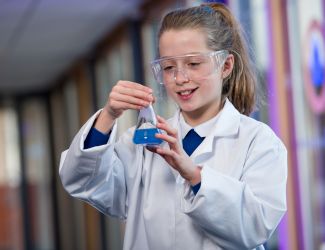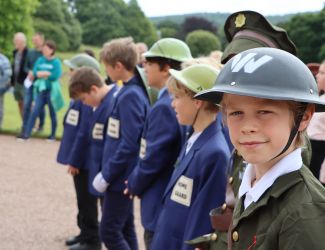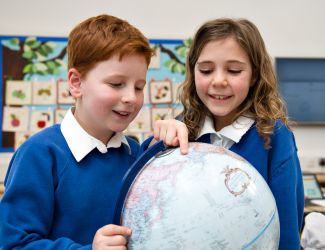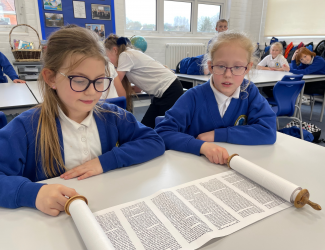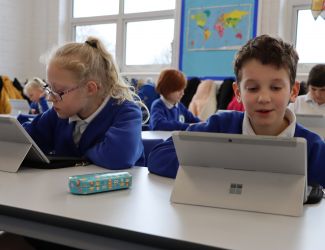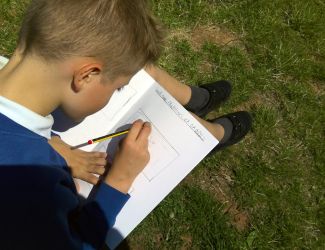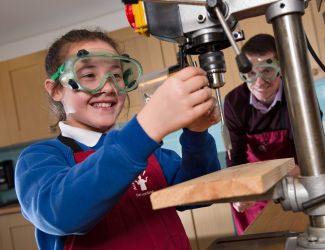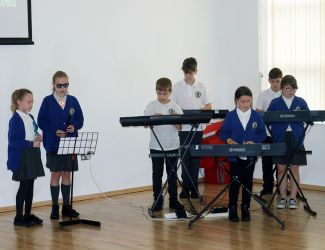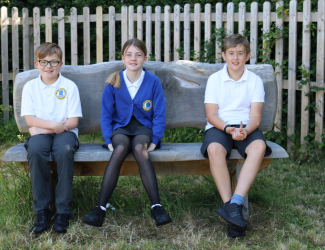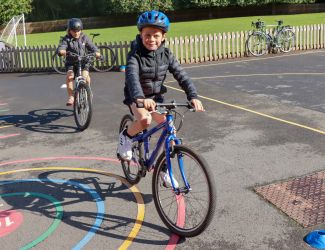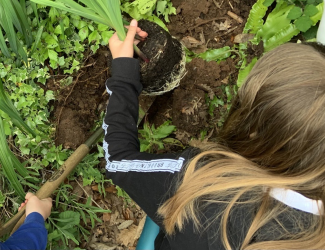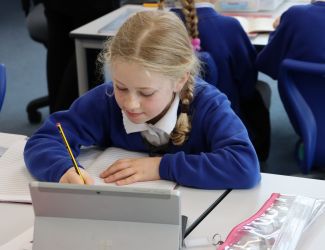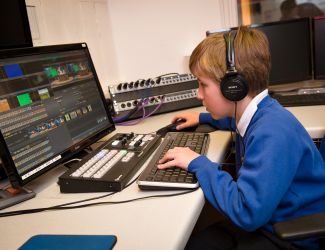Year 6 Computing Curriculum
Computing in year six is organised into three distinct but overlapping areas of knowledge and understanding: Digital Literacy, Information technology and Computer Science. Children will be taught…
Computer Science
- To learn what variables are, and relate them to real-world examples of values that can be set and changed.
- To use variables to create a simulation of a scoreboard.
- To experiment with variables in an existing project, then modify them, then create their own project. To apply their knowledge of variables and design to create a working game.
- To use the four areas of programming studied so far; sequence, repetition, selection and variables To programme for a physical device — the micro:bit.
- To build and test in different programming environments, such as logo, scratch, makecode, javascript, html.
- To apply their knowledge of the programming constructs learnt and use their designs to create their own micro:bit-based applications such as step counter.
Information Technology
- To develop their knowledge and understanding of using a computer to produce 3D models.
- To combine 3D objects to make a house and examining the differences between working digitally with 2D and 3D graphics.
- To progress to making accurate 3D models of physical objects, such as a pencil holder, which include using 3D objects as placeholders.
- To examine the need to group 3D objects, then go on to plan, develop, and evaluate their own 3D model of a photo frame.
- To identify what makes a good web page and use this information to design and evaluate their own website builds.
- To learn about and use the aesthetics of the site, and navigation paths including about the process learners pay specific attention to copyright and fair use of media.
- To learn about the World Wide Web as a communication tool, how we find information on the World Wide Web
- How search engines work (including how they select and rank results) and what influences searching, and through comparing different search engines.
- To investigate different methods of communication, before focusing on internet-based communication.
- To evaluate which methods of internet communication to use for particular purposes.
- To organise data into columns and rows to create their own data set.
- To format data to support calculations, while also using formulas and how they can be used to produce calculated data.
- To apply formulas that include a range of cells, and apply formulas to multiple cells by duplicating them.
- To use spreadsheets to plan an event and answer questions.
- To create graphs and charts, and evaluate their results in comparison to questions asked.
Digital Literacy
- To use technology safely, respectfully and responsibly; recognise acceptable/unacceptable behaviour; identify a range of ways to report concerns about content and contact.

